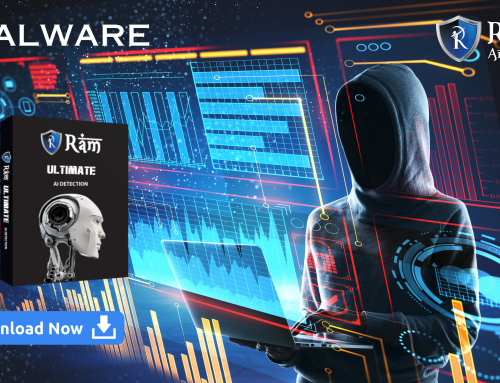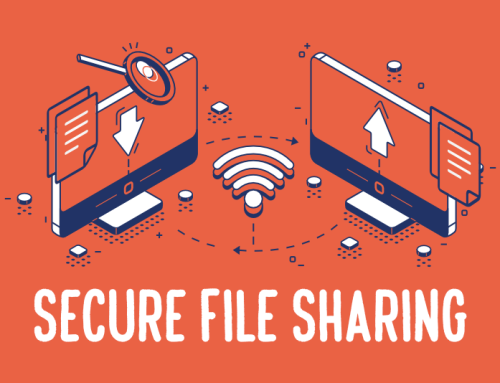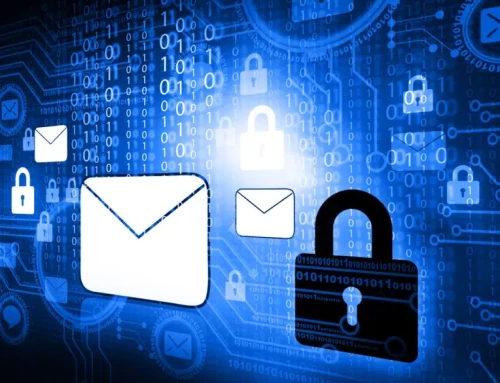Secure software development
Security has emerg as a top priority in our increasingly interconnect world where software is integral to our daily lives. The significance of secure software development has been brought to light by the rise in cyber threats and data breaches. Secure software development is essential for creating user trust, safeguarding confidential data, and maintaining the reliability of software systems. The main ideas and recommended procedures for creating secure software are cover in this article.
Secure Development Lifecycle (SDLC)
Adopting a solid Secure Development Lifecycle (SDLC) is the cornerstone of secure software development. This entails incorporating security procedures into every stage of software development, from conceptualization to deployment and maintenance. To recognize and reduce security risks at each stage, the SDLC incorporates security measures like threat modeling, code review, vulnerability assessment, and penetration testing.
Threat Modeling
A critical stage in the software development process is threat modeling. It entails locating potential dangers and weaknesses that could jeopardize the application’s security. Developers can proactively implement security controls and countermeasures to reduce these risks by being aware of potential attack vectors.
Secure Coding Practices
To avoid common vulnerabilities like injection attacks, cross-site scripting (XSS), and security configuration errors, writing secure code is essential. To thwart attacks, programmers should follow secure coding guidelines like input validation, output encoding, and parameteriz queries. Other crucial factors include using secure coding frameworks and libraries, maintaining software dependencies, and sanitizing user inputs.
Authentication and Authorization
To guarantee that only authoriz users can access sensitive data and carry out authoriz actions, strong authentication, and authorization mechanisms must be implement. To safeguard user credentials and stop unauthoriz access, secure session management techniques, password hashing, and multi-factor authentication should be use.
Secure Data Handling
It is crucial to safeguard sensitive data throughout its lifecycle. To do this, encryption algorithms must be used to protect data both in transit and at rest. To avoid data breaches, secure data transmission, storage, and disposal procedures should be use. When handling sensitive and personal data, developers must also follow data privacy laws and industry best practices.
Regular Security Testing
Regular security testing, such as penetration testing and vulnerability assessments, is essential for locating and resolving security vulnerabilities. Techniques for manual and automat testing help find the application’s weak points so that potential security problems can be fix before deployment. To keep up with changing threats, ongoing monitoring and security updates are also necessary.
Use RAM Antivirus Tools to Help Ensure Secure Software Development
RAM antivirus supports a secure development process because half of all security defects are introduced at the source code level. So, finding and fixing bugs as soon as code is written is critical.
But, many developers lack security training. And, identifying security problems during a code review can be difficult, if not impossible. Security mistakes can be subtle and easy to overlook even for trained developers.
RAM antivirus tools can bridge that knowledge gap, and they flag security vulnerabilities and accelerate code reviews. Buy now ram antivirus and get the insident handling support For facing any Problem with computer.








